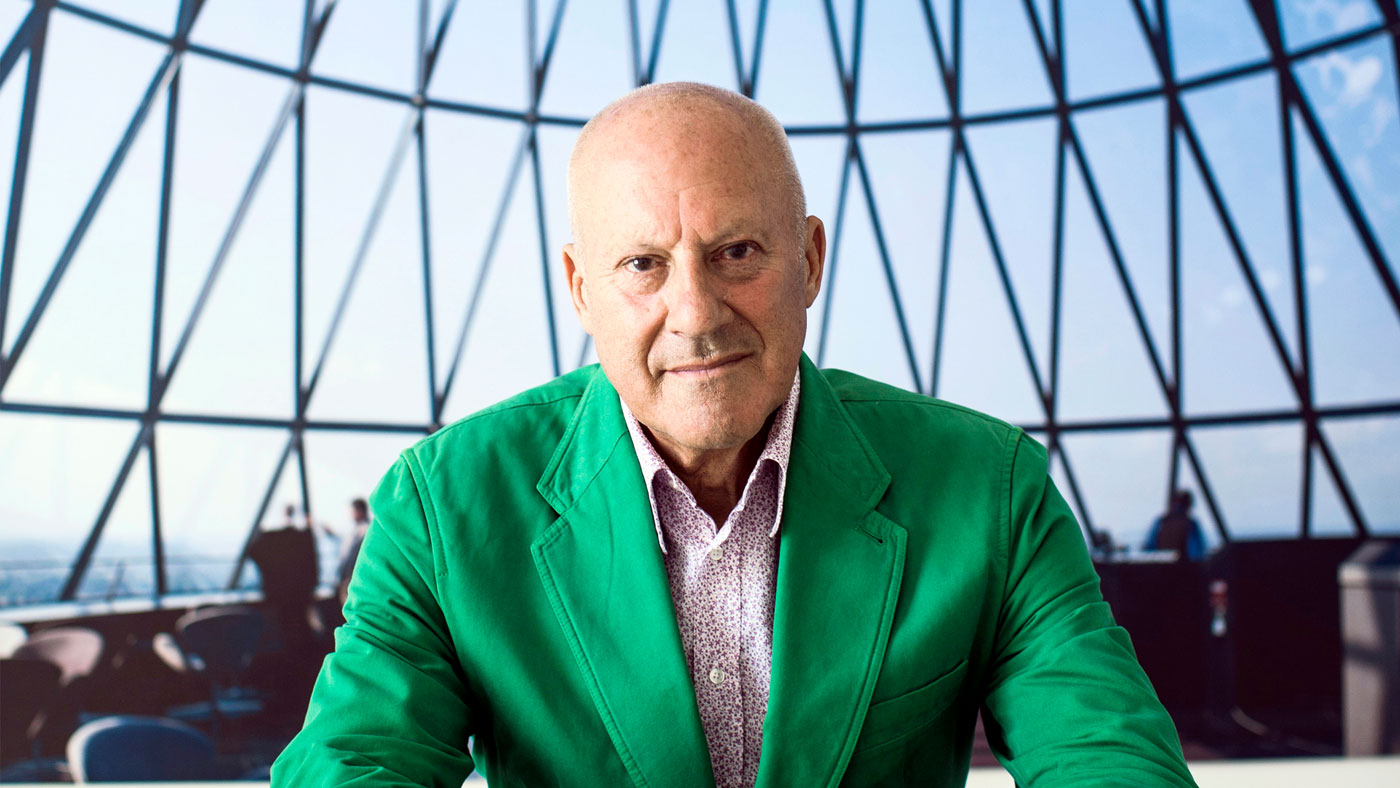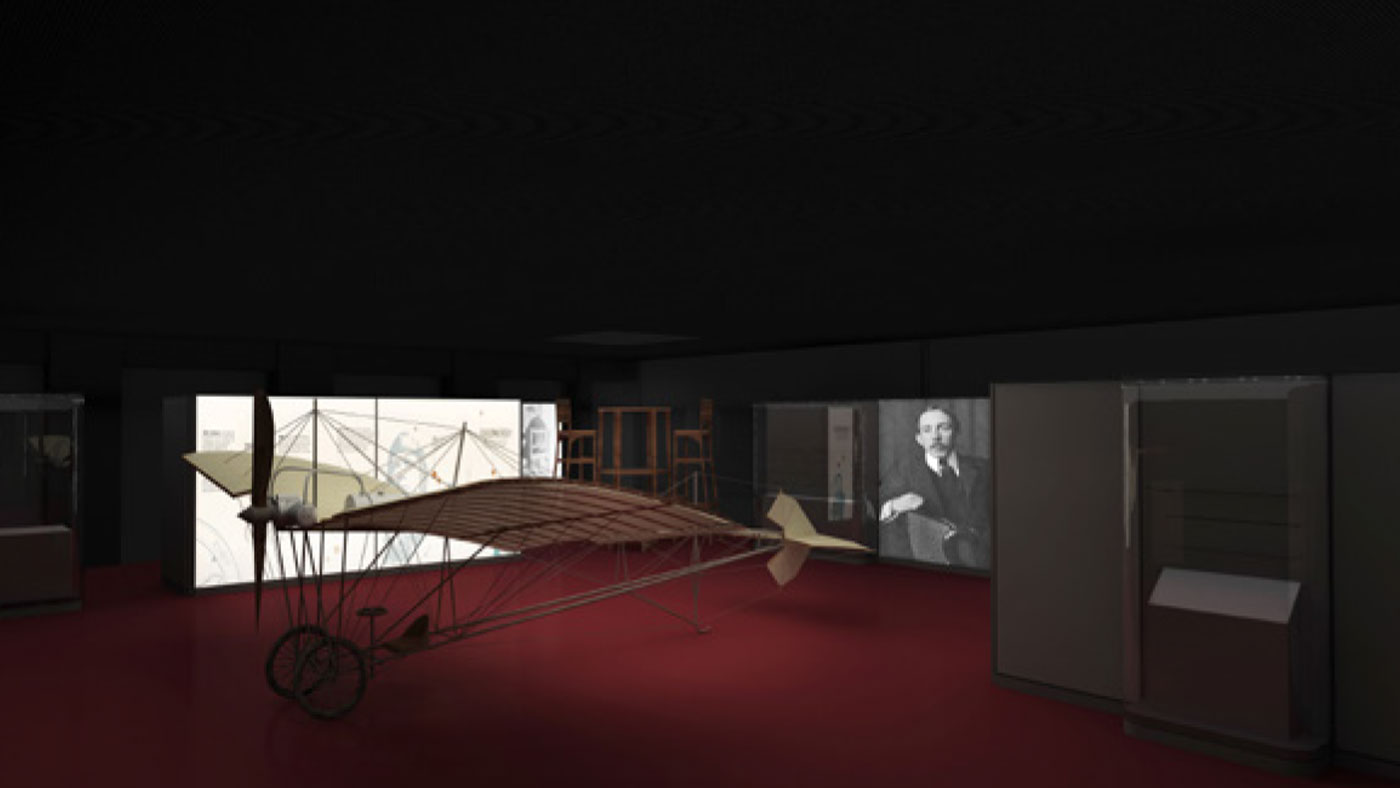Norman Foster sets Cartier in Motion
As his new exhibition, Cartier in Motion, opens at London’s Design Museum, the British doyen of architecture picks his highlights


What a thrill it would be to explore the mind of Norman Foster; to probe the memory of the great British architect and see the changing world from his perspective.
The highlight would be experiencing his initial reactions to a project; those first sparks that culminated in some of the greatest landmarks and urban structures of our time: London’s iconic Gherkin; Berlin's Reichstag building with its swirling glass cupola; the breathtaking Millau Viaduct with pylons that appear to pierce the clouds; the utopian gateway to the skies that is Terminal 3 at Beijing Capital International Airport.
We'll never know what ideas percolated in Foster's head in the embryonic stages of these and other influential structures, but his latest project, the Cartier in Motion exhibition at London's Design Museum, promises to reveal as much about the passions and pastimes of the architect – who received a knighthood in 1990 – as it does about the history of the brand. Designed and curated by Foster, the show places the house’s timepieces and jewellery within the wider context of history, beginning with the radical developments in aviation in Paris at the turn of the 20th century. This period has long been a source of inspiration for Foster, and the underlying theme of the showcase is how disciplines connect, a simple mantra that he has propounded throughout his career.
The Week
Escape your echo chamber. Get the facts behind the news, plus analysis from multiple perspectives.

Sign up for The Week's Free Newsletters
From our morning news briefing to a weekly Good News Newsletter, get the best of The Week delivered directly to your inbox.
From our morning news briefing to a weekly Good News Newsletter, get the best of The Week delivered directly to your inbox.

The exhibition brings together some amazing artefacts and models, including a powerboat designed by Louis Cartier as well as a miniature Eiffel Tower. Foster collects models himself: he has one of every aircraft he has ever flown – 75 at last count. If he could pinch anything here for his personal collection, he says, it would be the replica of Alberto Santos-Dumont's Demoiselle No. 20 aircraft, which forms the centrepiece of the exhibition.
"I first had the opportunity to see it at the Musee de l'Air et de l'Espace in Paris-Le Bourget Airport, then the museum kindly loaned it to us for the exhibition," says the ever-youthful architect. "Its lightweight bamboo fuselage and delicate silk wings give it a distinctive form, similar to that of a damselfly, or 'demoiselle' as it's known in France. It was the first aeroplane designed for sport."
An active cyclist, skier and pilot all his life, Foster has a passion for thrills and adventure, and remains open to new technology: he has just learned to fly a drone, and his gadget du jour is a "beautifully crafted hinge" discovered on a building site. For the purpose of the exhibition, he has enjoyed a masterclass in Cartier watchmaking. So what has he learnt from this? "The importance of the act for its own sake. Creating beautiful polished circles on metal surfaces that will never be seen by the user."
Fascinated by flight and energy – particularly the need to preserve and recycle it within the infrastructures of our cities – Foster has always approached architecture as a philosophy. One that looks to the future and encourages us to absorb a multitude of perspectives, as if we are flying, whether we’re standing at ground level or right up on the top floor of a skyscraper.
A free daily email with the biggest news stories of the day – and the best features from TheWeek.com
"Every design assignment is special, and it has nothing to do with size or complexity: all design challenges are equally important," he says of Cartier in Motion. The exhibition is positively Lilliputian compared with Foster + Partners’ spaceship-like Apple Park commission – a new 175-acre HQ for the tech brand in Cupertino, California, which is nearing completion.
"Differences in the scale of projects can also relate to their timeframe," adds Foster. "It takes patience to endure the many years of waiting when seeing a complex masterplan project through, whereas smaller undertakings often have a relatively fast turnaround. It’s good to have a mixture."
Next up is a very personal project: the imminent opening of the Norman Foster Foundation in Madrid. "The Foundation promotes interdisciplinary thinking and research to help new generations of architects, designers and urbanists to anticipate the future," he says. While Foster is sure to be revered as a design hero for generations to come, who are his idols from the past? “I would like to bring together the main characters in this exhibition, plus Joseph Paxton, Isambard Kingdom Brunel, George Stephenson, and the Wright Brothers. What a great dinner party! If I could only have one, I’d choose Paxton."
It’s safe to assume that putting together the exhibition was a lot of fun for Foster, whose boyish curiosity about all things locomotive, automotive and airborne has never left him. This is best demonstrated in a scene from the 2010 documentary How Much Does Your Building Weigh, Mr Foster? where he gets a steam powered boat going for his young son; he looks just as delighted as the little boy, if not more so.
"My family has a motto: 'The only constant is change,'" says the architect. "I remain as eager to look forward to newer challenges and newer horizons as I was at the beginning of my career."
Cartier in Motion runs from May 25 to July 28, 2017.
-
 Trump vs. states: Who gets to regulate AI?
Trump vs. states: Who gets to regulate AI?Feature Trump launched a task force to challenge state laws on artificial intelligence, but regulation of the technology is under unclear jurisdiction
-
 Decking the halls
Decking the hallsFeature Americans’ love of holiday decorations has turned Christmas from a humble affair to a sparkly spectacle.
-
 Whiskey tariffs cause major problems for American distillers
Whiskey tariffs cause major problems for American distillersIn the Spotlight Jim Beam is the latest brand to feel the pain